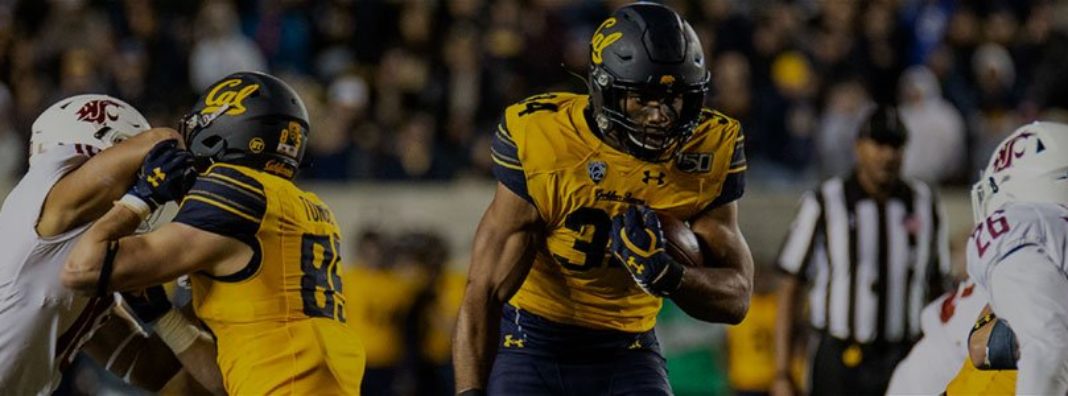
When most people think of disruptive innovation, they think of the world-changing apps and platforms that most of us have come to enjoy. Perhaps they may even think of flying cars, robotics, or wonder what transformational tech will come next. Unfortunately, the idea also conjures up some of our worst fears about what may go wrong. Next come calls to slow down, think and be deliberate about how and whether to let certain things proceed.
But, if the past few weeks of college football have taught us anything, it’s that embracing the messiness of disruptive innovation is the best way to enjoy the future we’ve come to expect.
What does football have to do with innovation? In short, everything.
This has been true since the first forward pass was thrown in 1905 and disrupted the powerhouse teams that had first ridiculed the idea. Here’s how the Smithsonian Institution describes how Glenn Scobey “Pop” Warner and his team at Pennsylvania’s Carlisle Indian Industrial School used disruptive innovation to take on the era’s best teams at Harvard, Penn, and Princeton:
For the 1907 season, Warner created a new offense dubbed “the Carlisle formation,” an early evolution of the single wing. A player could run, pass or kick without the defense divining intent from the formation. The forward pass was just the kind of “trick” the old stalwarts avoided but Warner loved, and one he soon found his players loved as well. “Once they started practicing it, Warner pretty much couldn’t stop them,” says Sally Jenkins, author of The Real All Americans, a book about Carlisle’s football legacy. “How the Indians did take to it!” Warner remembered, according to Jenkins’ book. “Light on their feet as professional dancers, and every one amazingly skillful with his hands, the redskins pirouetted in and out until the receiver was well down the field, and then they shot the ball like a bullet.”
It wasn’t until almost a decade later, in 1913, when the forward pass truly arrived: Knute Rokne and Notre Dame used it to beat Army. From then on, the forward pass has held its place at the center of football.
This same process of disruption and innovation has more or less reinvented the game today. Just look at what may turn out to be this season’s biggest matchup, between No. 1 Louisiana State and No. 2 Alabama. A game that looked nothing like what we’ve come to expect from two traditionally old-school, defense-minded teams included more than 1,000 yards of total offense and 87 points. In fact, the last time these teams met in the regular season as No. 1 and No. 2, in 2011, it ended in a 9-6 score and featured fewer yards of total offense (534) than each had last week (559 and 541).
What happened? The easiest answer comes from comparing this matchup to another that occurred nearly 600 miles away between Baylor and Texas Christian. When LSU and Alabama met as national title favorites in the low-scoring 2011 game, Baylor and TCU combined for 1,030 yards and 98 points. This year, as Alabama and LSU lit up the scoreboard, Baylor and TCU ended regulation having only scored a combined 18 points with 600 yards of offense.
This trend isn’t unique to these teams. As ESPN’s Bill Connely explains it, it’s been the case across college football. The leading offenses eight years ago – Houston, Oklahoma State, Oregon, Baylor and Boise State – were mainly successful upstart programs. Today, the top five offenses are well-established college football royalty: Ohio State, Oklahoma, Alabama, LSU and Clemson.
You see, in years past, deploying a high-flying offense was an underdog tactic employed by teams not traditionally defined as powerhouses. Now, it’s becoming the norm. This is exactly how disruptive innovation works. A new product or service may initially take root on the edges of a market. But as it moves upmarket, competitors can either adapt or be displaced. Over time, entire industries change and the best ideas permeate.
While few imagined that a forward pass would destroy the football world, it did — before building a better one. And while sports aren’t life, the lesson can help guide our thinking about robots and flying cars. Policymakers too often focus on trying to keep the status quo in place out of a fear of change and the unknown. The practical effect is to tip the scales in the direction of one team while telling another they don’t deserve a chance to prove themselves.
We would never expect that in sports, so why have we come to see it as a responsible approach to market innovation? Why not give innovators a level playing field and find out whether their products are better and safer than what we have today?


 The Hill
The Hill